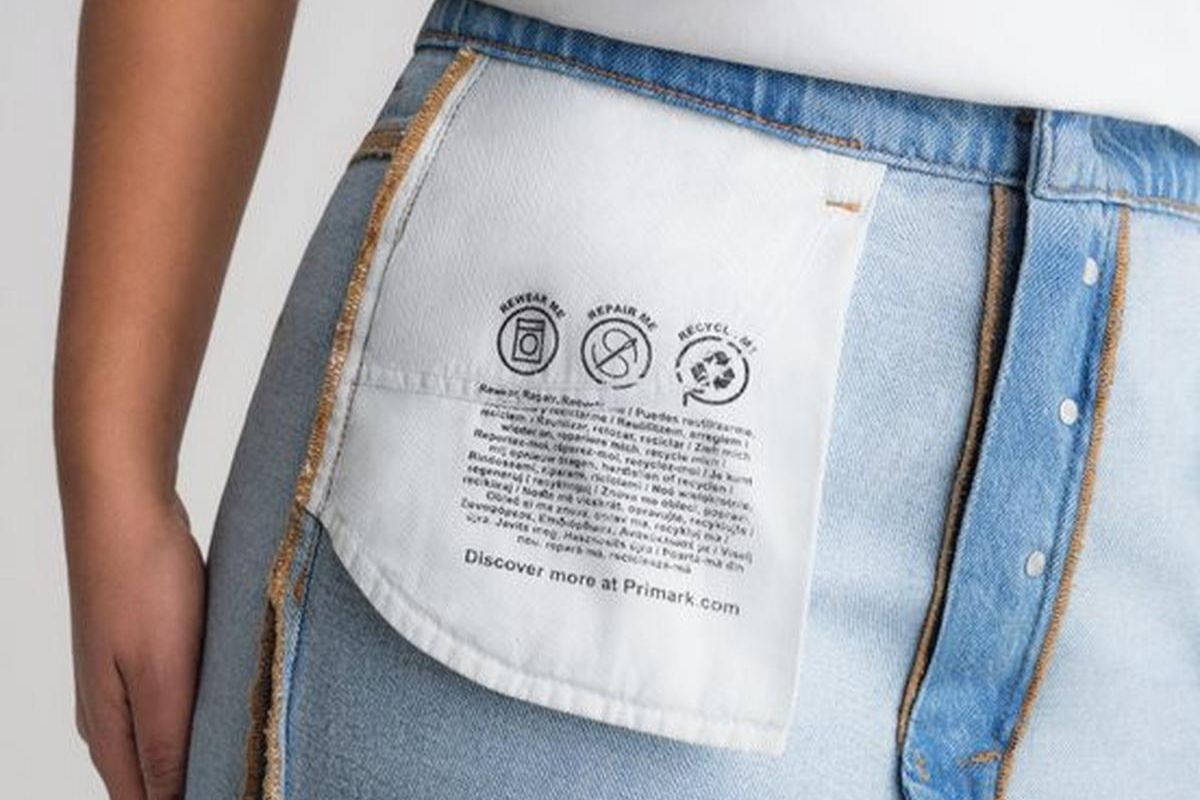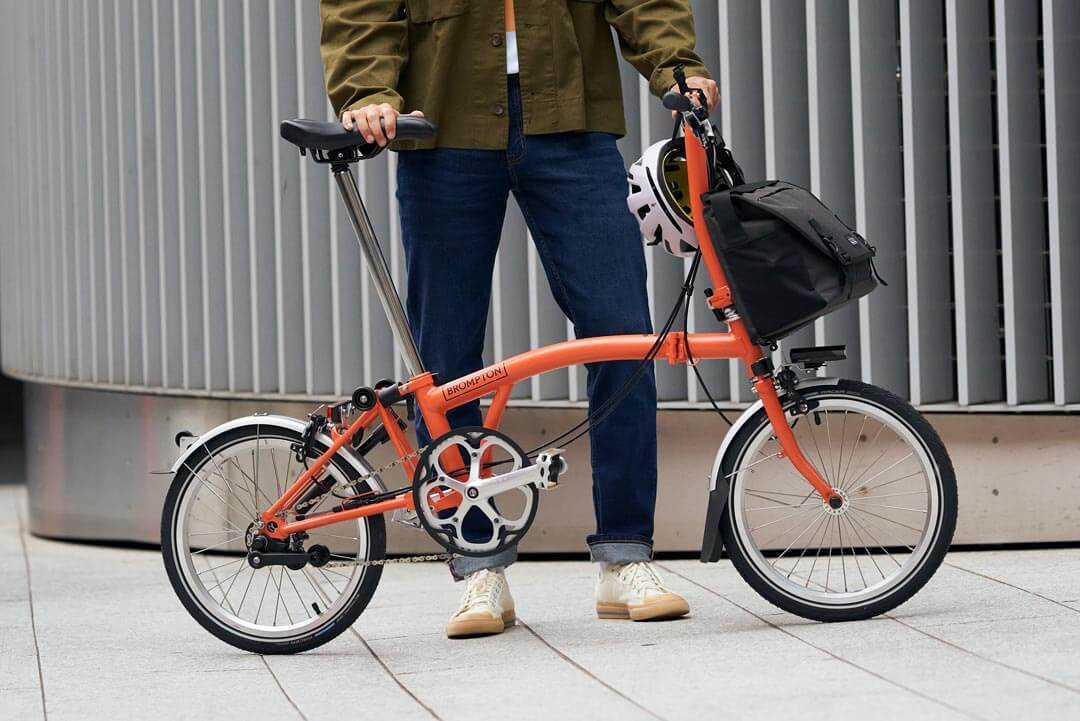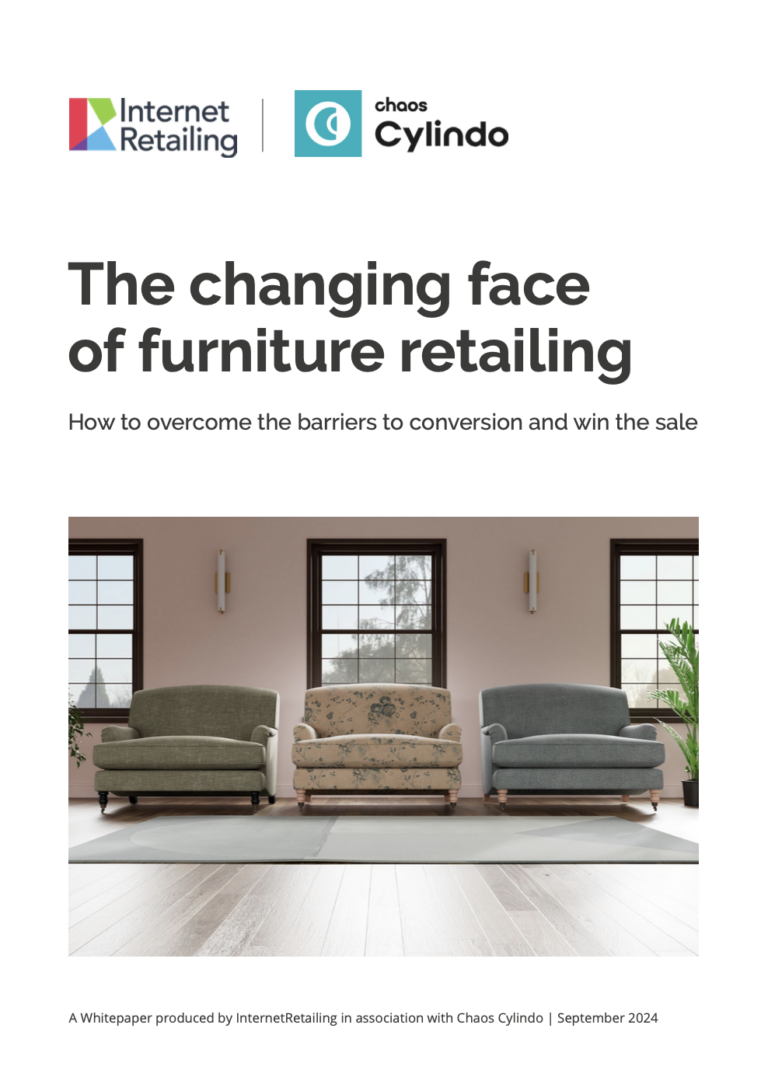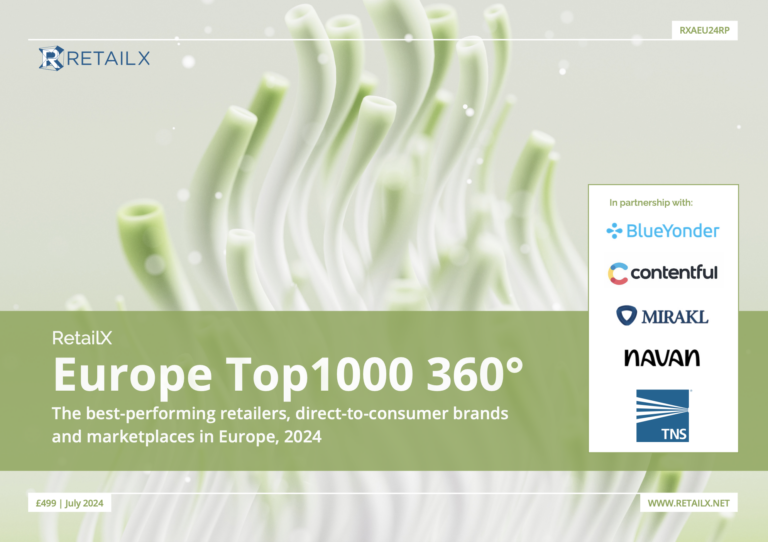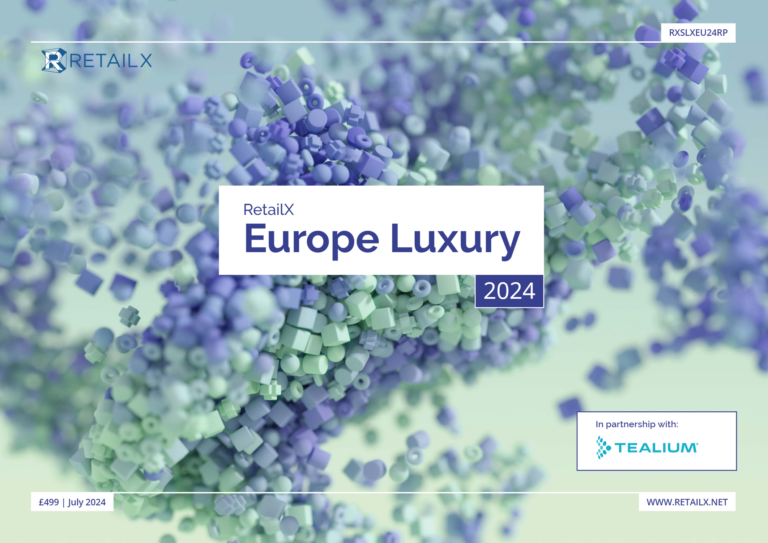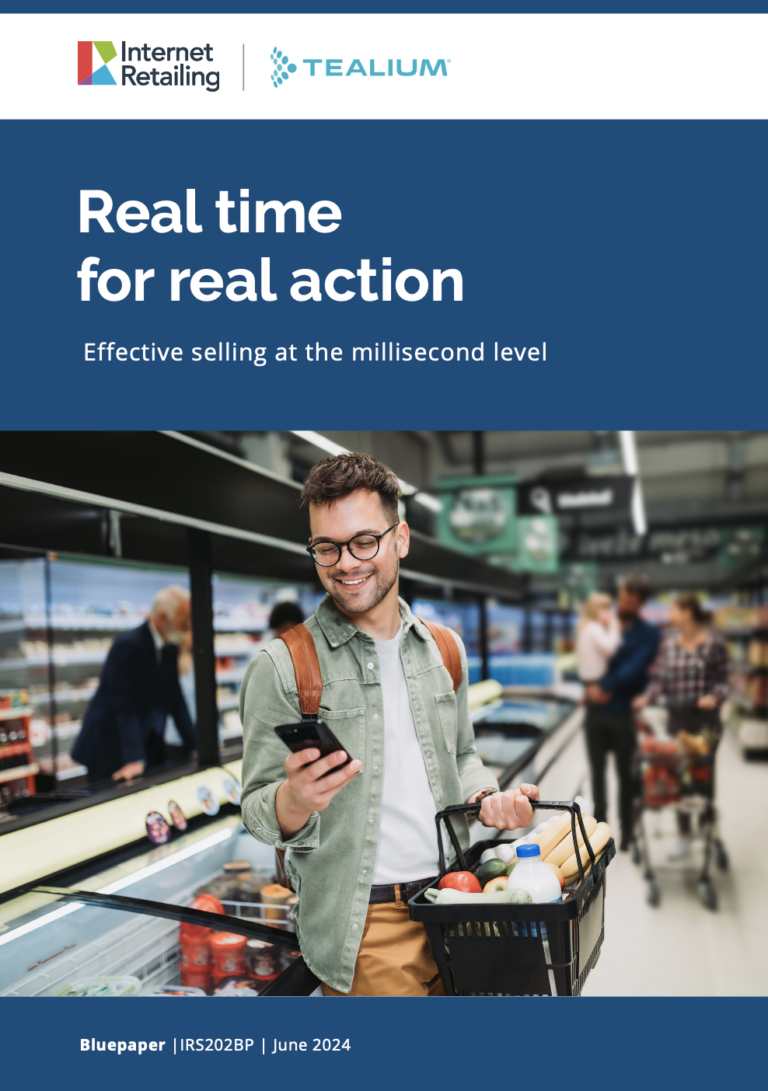Just when you thought you had a handle on multichannel, along comes a new ‘channel’ – mixed reality. But worry not, here Richard Corps, MD & co-founder of Ads Reality offers a crash course in what you need to look out for when thinking about using MR in your business
Multichannel marketing is a phrase that is frequently banded about by the marketing community; a seemingly utopic idea for reaching every customer, everywhere and with everything at their disposal. The problem with this is that it can complicate the online and offline worlds for consumers, who are looking for greater convenience at a much-reduced time spend.
To date, brands have struggled to merge the online and offline worlds because the actual tactics they’re using – whether this is an email marketing campaign, or a social media strategy to drive footfall to physical stores – are too out of date with the current demands that consumers are placing on the brand
But technology has started to catch up with these consumer demands. The dawn of Mixed Reality (MR), driven by Augmented Reality, is upon us and while the promise is huge – what are the key aspects to look out for? Here are five things you should be aware of with Mixed Reality.
An endless opportunity
Unlike the traditional media channels that brands are currently using to engage with consumers, MR provides brands and advertisers with a medium free of restrictions, enabling them to engage with and learn more about customers in ways that weren’t possible before. By simply bridging the gap between the digital and physical worlds, a consumer will not only be able to engage with a brand’s campaign, they can also become part of it, which in return yields good ROI in the forms of loyalty and sales.
Staying ahead of the curve
The adoption of new age technologies such as Augmented Reality and Virtual Reality, means that consumers now have more information allowing them to make more reliable purchasing decisions, which brings about a decrease in return rates and basket abandonment rates, simply by allowing prospective customers to visualise or even try on products before buying; a win-win situation for both consumers and suppliers.
It’s no surprise that furniture is among the first use cases of mixed reality, as Swedish furniture giants IKEA have released an AR app on IOS11 enabling customers to envisage pieces of furniture in spaces within their homes or offices.
And it’s not only the retail sector that is making a foray into the world of MR, the technology has also appealed to both the music and sports industries. MicrodoseVR is a great example of how MR can be used to enjoy music, as the solution enables listeners to enjoy their favourites genres of music in the form of mesmeric 3D imagery all within the space of their living room. The use of MR in sports to enhance fan experience is also becoming popular in sports such as the NFL, PGA and NBA, in fact thanks to NextVR fans can now watch sports games from any day of the week in the form of an AR experience.
Big data equals big results
Intelligent businesses are always on the lookout for innovative ways in using data to their advantage, and MR has the potential to be an exciting revenue generating technology capable of capturing data in an innovative way much greater than the cost of deploying the solution. This may explain why more businesses are starting to think about utilising MR as a strategy to not only increase store footfall, but to also capture key insights into consumer behaviour helping to increase Point of sale figures. Examples of this include capturing product interaction rates, dwell time and social media activity.
MR shouldn’t be your ‘go to digital weapon of choice’ but as part of a larger arsenal
MR carries the promise of being able to illustrate any conceptual idea, giving marketer’s complete creative freedom. This coupled with the enigmatic buzz that comes with the technology, it’s easy to understand why brands would want to place MR at the forefront of their creative campaigns and marketing models. In fact businesses would be better of doing the exact opposite of this, as MR works best as part of a wider marketing campaign, as opposed to being the only strategic solution. Reason for this is that the technology will not appeal to every individual, as not all consumers are digitally savvy enough to be able to interact with the technology, therefore using it as a one-size-fits all marketing tool could disengage some customers. Businesses should aim to engage with all types of consumers using various methods and tools, of which MR should be part of.
A new form of communication
MR has the potential of changing the way we communicate, by enabling us to use the world around us as an entirely new canvas to learn, communicate and intermix. Microsoft’s Holoporter is a great example of MR technology that allows users to see, hear and communicate with each other as if they are in the same physical space. Taking remote social interaction to a whole new level, all of a sudden, business meetings will become more productive, social gatherings will be more frequent and long distant relationship will suddenly feel a whole lot closer.
MR has become a buzzword that’s on the lips of every forward-thinking technology expert and with so much hype around the technology, it’s easy to see why Tim Cook, CEO of Apple has tipped MR for industry domination. And fortunately, there is still time left for businesses and consumers to prepare for one of the most exciting digital transformation in recent times.


